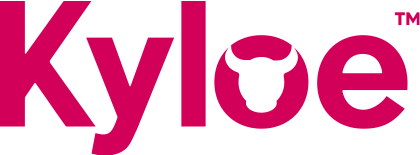Automation 4: Placement start date & Candidate record updates
What it does:
Manages communication during notice periods, automatically updates candidate records with new job details (title, company, salary, skills, industry), and sets follow-up reminders for placement aftercare.
Problem it solves:
Notice periods are vulnerable times when placements can fall through. Manual updates to candidate records are often forgotten, leaving data incomplete and making future searches less effective.
Benefit:
Reduces placement fall-through rates, ensures candidate records remain up to date, and supports better future matching.













